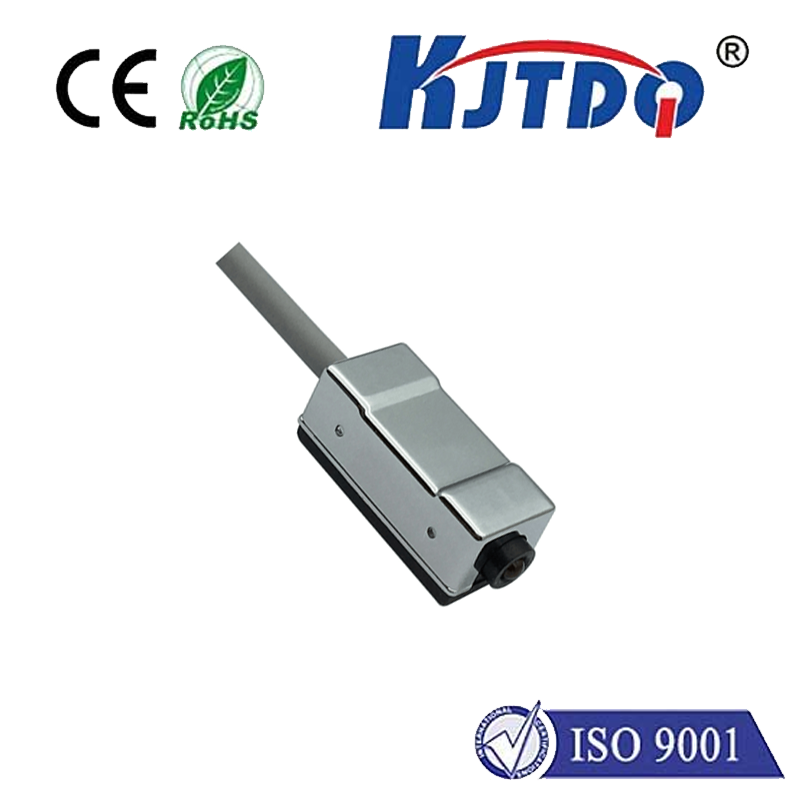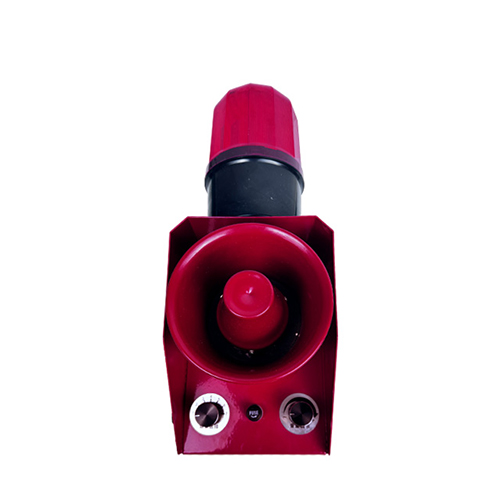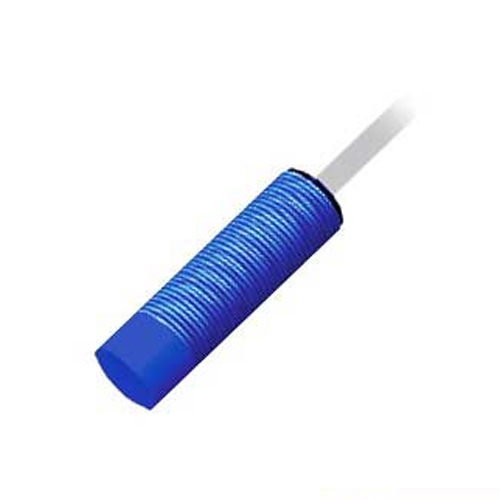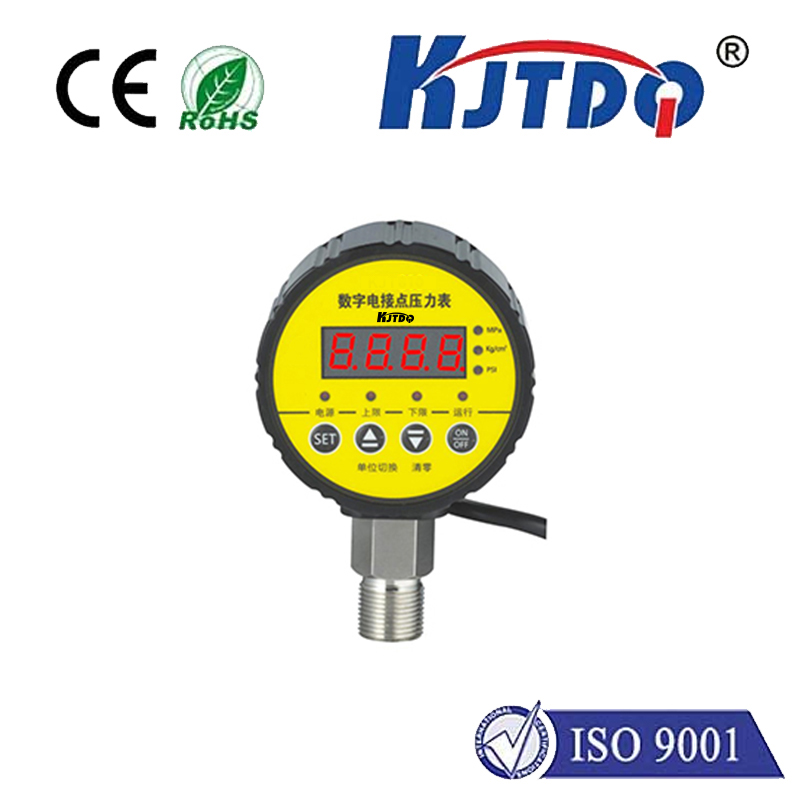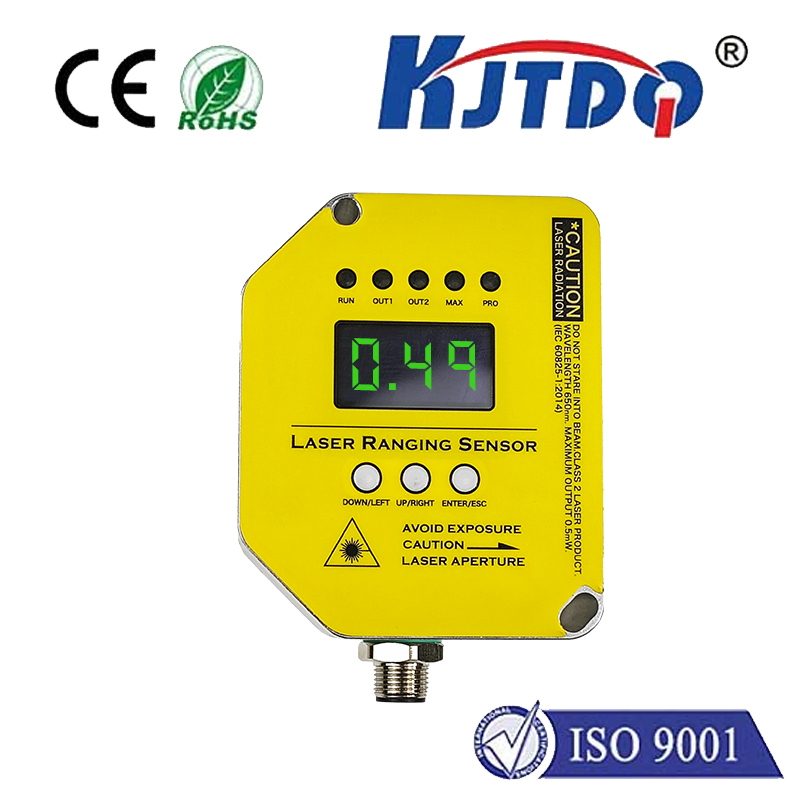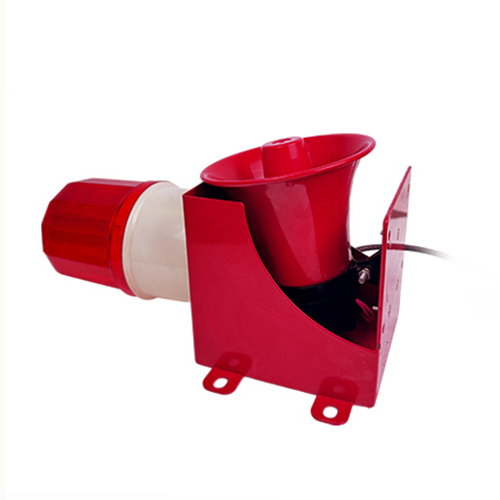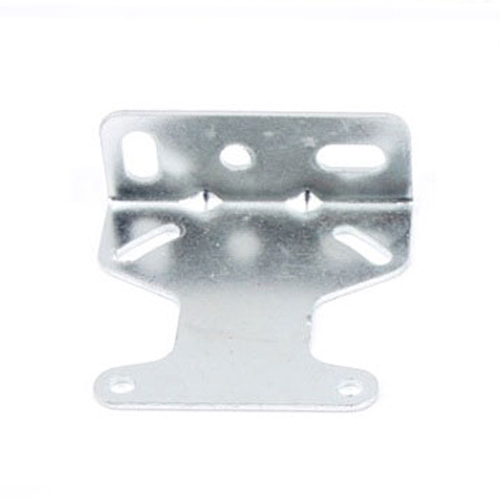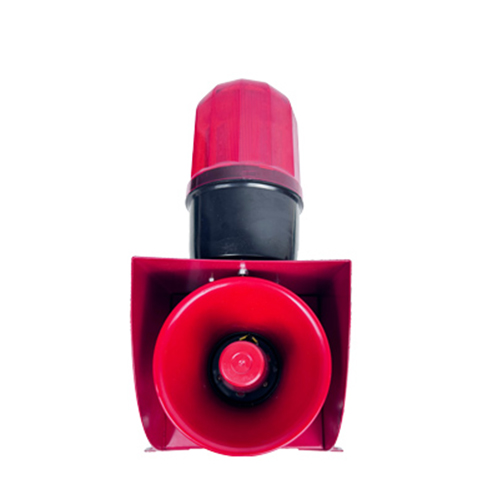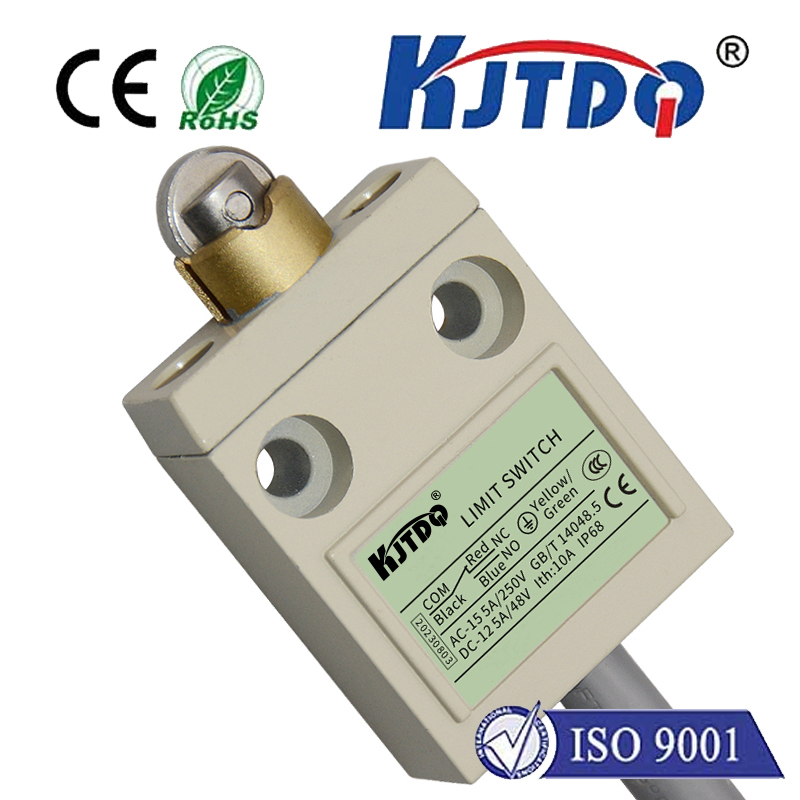sensor photoelectric
- time:2025-09-10 19:24:18
- Нажмите:0
Photoelectric Sensors: The Invisible Eyes Powering Modern Automation
**Imagine an assembly line humming with robotic precision, delicate products gliding flawlessly into packaging, or automatic doors welcoming you without a touch. What unseen force orchestrates this seamless interaction? Enter the world of Фотоэлектрический датчик, the fundamental technology translating light into actionable intelligence across countless industries.** These ubiquitous devices, often operating unnoticed, are the cornerstone of reliable object detection, positioning, and quality control in our automated age.
At its core, a photoelectric sensor is a non-contact detection device. It fundamentally works by emitting a beam of light (visible, infrared, or laser) and analyzing the light signal received. The key interaction involves the interruption or alteration of this emitted beam by an object. This disruption triggers a change in the sensor’s output signal, signaling the presence, absence, position, or even a characteristic (like color or transparency) of the detected object.

Understanding the primary types of photoelectric sensors is crucial to appreciating their versatility:
- Through-Beam Sensors (Sender/Receiver): This robust configuration features two separate units: an emitter and a receiver, positioned directly opposite each other. The emitter projects a continuous light beam towards the receiver. Detection occurs when an object physically breaks this beam path, causing the receiver to signal an output change. Through-beam sensors offer the longest sensing ranges and highest reliability for opaque objects but require precise alignment and mounting on both sides of the application.
- Retro-Reflective Sensors (Reflector Sensors): This type combines the emitter and receiver in a single housing. It projects light towards a specially designed reflector (like a prismatic reflector or reflective tape). The reflector bounces the light beam directly back to the receiver within the same unit. Object detection happens when the target interrupts this return beam. Retro-reflective sensors simplify wiring and installation compared to through-beam but have a shorter maximum range. They generally require the target object to be opaque enough to block the reflected beam significantly.
- Diffuse Reflective Sensors (Proximity Mode): The most compact and easiest to install, diffuse sensors house both the emitter and receiver together. The emitted light travels outward, hits the target object, and some of this light diffusely scatters back towards the receiver. Detection is based on the sensor recognizing this reflected light from the object itself. Range is typically the shortest among the three main types, and performance can be influenced by the target’s color, material, and surface texture (darker, less reflective objects are harder to detect at distance). Many modern diffuse sensors incorporate background suppression or fixed-field technology to ignore objects beyond a certain preset distance, significantly enhancing reliability in complex environments.
Choosing the right photoelectric sensor configuration is paramount and depends heavily on the application:
- Required Sensing Range: Through-beam excels for long distances, diffuse for short to medium proximity, retro-reflective sits in between.
- Object Characteristics: Color, surface finish (shiny vs. matte), material (opaque, transparent), size, and potential movement speed all influence the best sensor type and mode (e.g., background suppression diffuse for reliably detecting dark objects against a distant background).
- Environmental Conditions: Exposure to dust, moisture, fog, or intense ambient light necessitates sensors with appropriate IP ratings, special optical filters, or powerful light sources (like laser) to overcome interference. Infrared sensors are often preferred where ambient visible light could cause false triggers.
- Mounting Constraints: Through-beam requires space on both sides; retro-reflective needs a clear line of sight to the reflector; diffuse offers the most flexible mounting.
- Output Requirements: Does the application need a simple on/off signal (PNP/NPN), analog output for distance measurement, or an IO-Link connection for advanced diagnostics and parameter setting?
The applications for photoelectric sensors are virtually limitless, forming the backbone of modern sensing:
- Object Detection & Counting: Detecting bottles on a conveyor, boxes entering a warehouse, or vehicles on an assembly line. Accurate counting relies on precise detection.
- Position Sensing & Verification: Confirming a part is correctly seated in a fixture, verifying the open/closed position of a door or valve, or checking for the presence of a label.
- Level Detection: Monitoring fill levels in bins, tanks, or hoppers (e.g., detecting the absence of material at a high-level or presence at a low-level point).
- Web & Edge Guiding: Ensuring continuous materials like paper, film, or fabric stay aligned during processing by detecting the material edge.
- Quality Control: Identifying missing caps or labels, detecting incorrect color-coded parts, verifying object height, or checking for product jams or double-feeds.
- Automated Guided Vehicles (AGVs): Navigation, collision avoidance, and docking rely heavily on photoelectric sensors.
Modern innovations are continually expanding photoelectric sensor capabilities:
- Laser Sensors: Offer extremely small, precise spot sizes for detecting tiny objects or achieving high-accuracy positioning and measurement tasks.
- Fiber Optic Photoelectric Sensors: Utilize flexible fiber optic cables to deliver light to and from the target area. This allows the sensor electronics to be mounted remotely in harsh environments (extreme temperatures, vibration, limited space) while the sensing points remain protected or located precisely where needed. They are also ideal for detecting very small objects.
- Color Sensors: Go beyond simple presence/absence; they differentiate based on the specific color or contrast of an object by analyzing the reflected light’s wavelength.
- Contrast Sensors: Detect differences in surface contrast (e.g., black mark on a white background, printing on packaging).
- Synchronization (Multi-Cable Operation): Allows multiple sensors operating near each other to synchronize their light pulses, preventing crosstalk interference.
From the simplest garage door safety beam to the most complex robotic assembly cell, photoelectric sensors are the invisible yet indispensable eyes of automation. Their non-contact operation, reliability, speed, versatility across various sensing ranges, and ability to detect diverse objects make them unmatched for countless detection tasks. By understanding the core principles – the interplay of emitted light, object interaction, and reflected signal analysis – and carefully evaluating application needs against sensor types and features, engineers and technicians can harness the power of photoelectric technology to build smarter, more efficient, and safer automated systems. Selecting the correct photoelectric sensor solution is often the critical first step in enabling seamless machine vision and control.

